 by "ttyymmnn" (ttyymmnn)
by "ttyymmnn" (ttyymmnn)
Published 11/30/2017 at 12:35
 by "ttyymmnn" (ttyymmnn)
by "ttyymmnn" (ttyymmnn)
Published 11/30/2017 at 12:35
Tags: wingspan
STARS: 11
Last week, we decoded the numbers and letters that Boeing used until 2016 to identify their commercial aircraft. Airbus also uses a three-digit suffix, such as with this Airbus A380-842 below. But the suffix used by Airbus means something different than that used by Boeing. What does it mean?
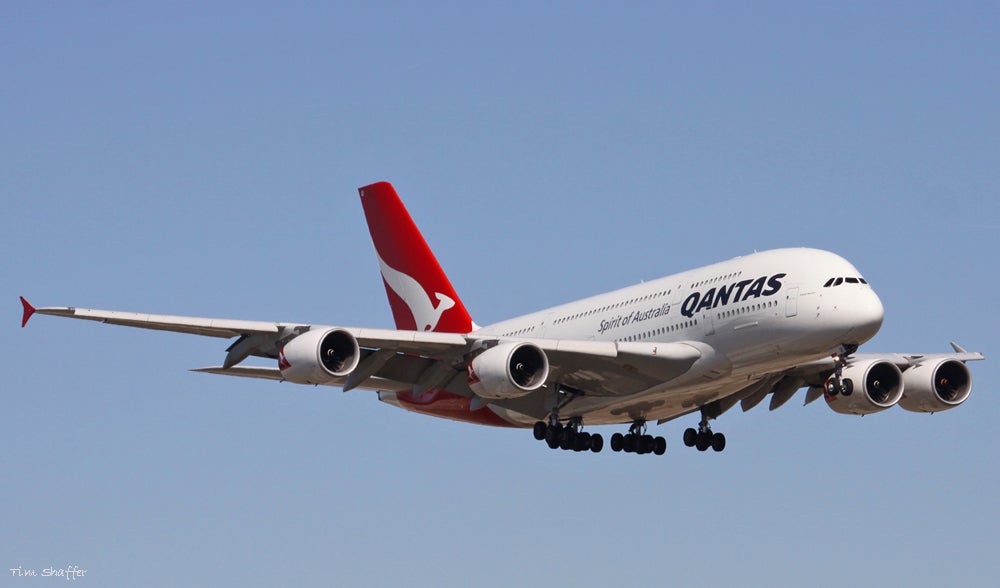
Early in the development of Airbus airliners, the company realized that there was money to be made in offering different engines to different customers. The A330 , for example, was the first airliner to offer three different engine options. Some airlines might have a preference for a specific brand, they might already have technicians who are skilled in the maintenance of engines built by a certain manufacturer, or one particular engine might offer performance in areas that appeals to aircraft buyers.
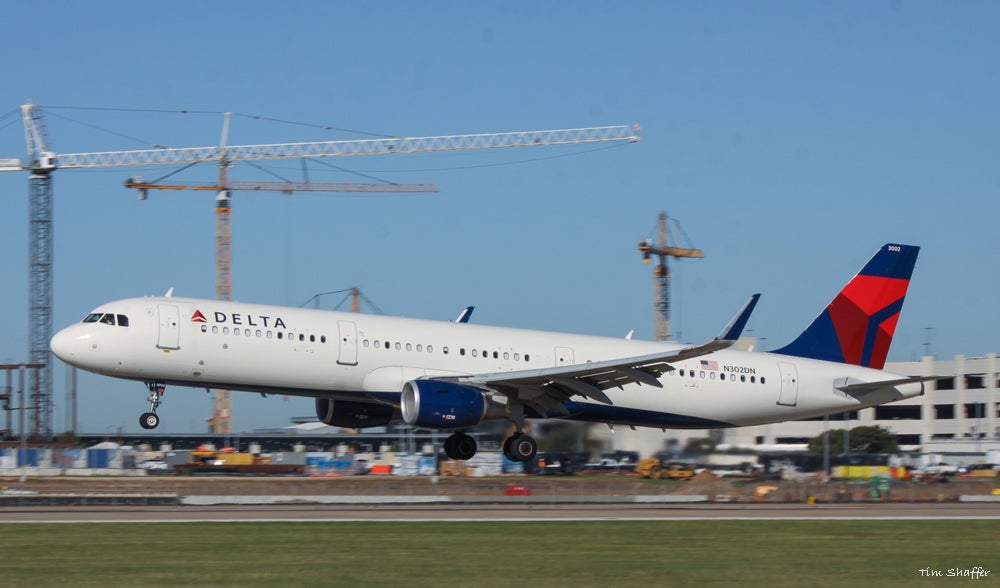
Where Boeing uses a three-digit code to indicate the variant and customer, Airbus uses a three-digit code to indicate the variant and the engine manufacturer (a system which began with the Airbus A310 ). The first digit indicates the major variant (as with Boeing), so our A380 is, more precisely, an A380-800.
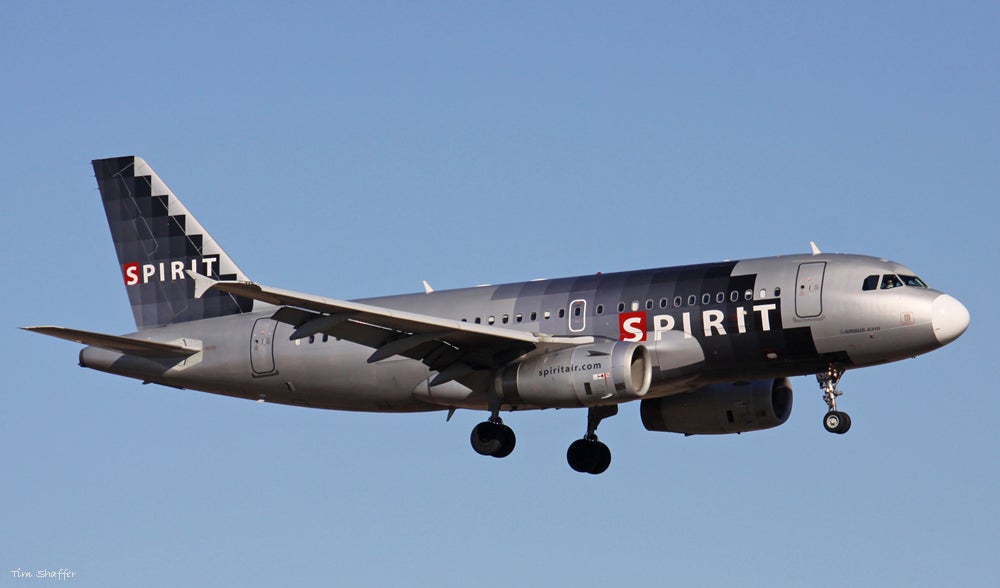
The second digit signifies the engine manufacturer. At the moment, there are six engine manufacturers providing power for Airbus commercial airliners, and the company assigned the numbers 0-5 to these manufacturers (why they started with 0 is anybodyís guess).
0 = General Electric
1 = CFM International
2 = Pratt & Whitney
3 = International Aero Engines
4 = Rolls-Royce
5 = Engine Alliance
The third number in the series indicates the version of the engine made by that manufacturer.
So, looking back at our Qantas A380-842 at the top, we can now determine that it is an A380-800, fitted with Rolls-Royce engines, specifically the Trent 972 (though you probably wouldnít know that the final 2 stood for the Trent 972óI had to look that up). Other letters may also be added to further signify engine types, such as R for long range (used with the A300-600), X for extended range, or F for freighter.
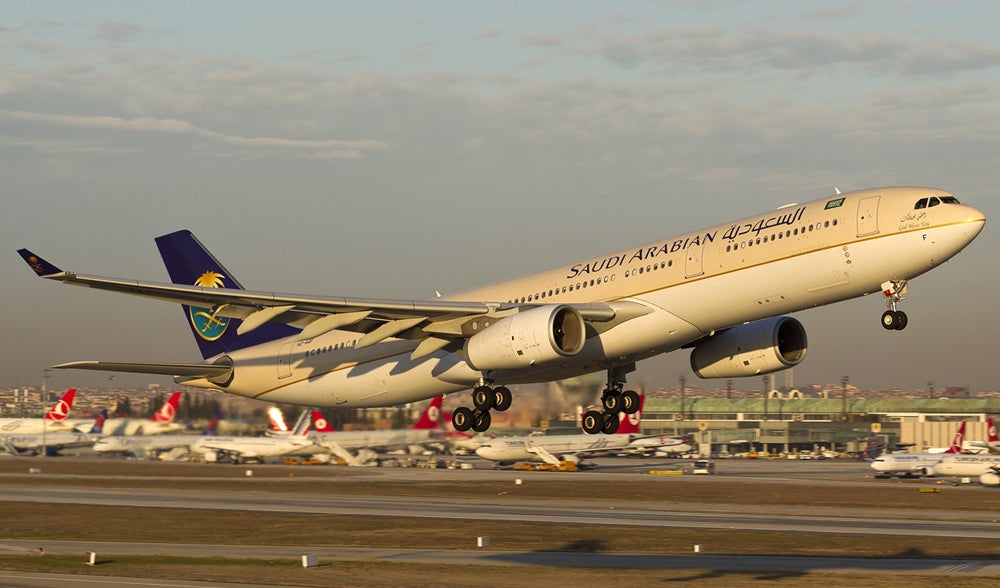
A comprehensive list of all Airbus aircraft and their engine codes can be found
here
and
here
.
Photographs by the author unless noted
!!! UNKNOWN CONTENT TYPE !!!
!!! UNKNOWN CONTENT TYPE !!!
!!! UNKNOWN CONTENT TYPE !!!
!!! UNKNOWN CONTENT TYPE !!!
!!! UNKNOWN CONTENT TYPE !!!
!!! UNKNOWN CONTENT TYPE !!!
!!! UNKNOWN CONTENT TYPE !!!
If you enjoyed this post, please join in the conversation and let me know. For more posts about airplanes, aviation history and aircraft oddities, set your course for † Wingspan .
!!! UNKNOWN CONTENT TYPE !!!
 "Chariotoflove" (chariotoflove)
"Chariotoflove" (chariotoflove)
11/30/2017 at 12:41, STARS: 1
A comprehensive list of all Airbus aircraft and their engine codes can be found here and here .
Handy for all occasions.

 "WilliamsSW" (williamssw)
"WilliamsSW" (williamssw)
11/30/2017 at 12:42, STARS: 1
Cool! I knew the Boeing one, from flying on so many aircraft models that ended with *22 and *23 over the years (seatback literature on UA and AA would show the designation), but didnít know how the Airbus numbers worked, thanks!
 "Ash78, voting early and often" (ash78)
"Ash78, voting early and often" (ash78)
11/30/2017 at 12:43, STARS: 0
Intradasting!
Related: What is Boeing going to do with the successor to the 737-900? Add another digit? Just append more and more letters?
 "ttyymmnn" (ttyymmnn)
"ttyymmnn" (ttyymmnn)
11/30/2017 at 12:58, STARS: 1
Hopefully they are going to stop building 737s and come up with something new and game-changing with the 797. Or not. But as to your question, I have no idea.
And thanks!
 "Ash78, voting early and often" (ash78)
"Ash78, voting early and often" (ash78)
11/30/2017 at 13:02, STARS: 1
I think the 737 is enshrined in the Constitution now, so donít plan on it going anywhere!
 "ttyymmnn" (ttyymmnn)
"ttyymmnn" (ttyymmnn)
11/30/2017 at 13:02, STARS: 0
My pleasure! I first learned about this when I wrote the post.
 "ttyymmnn" (ttyymmnn)
"ttyymmnn" (ttyymmnn)
11/30/2017 at 13:02, STARS: 0
I donít expect it to go anywhere, I just wish Boeing would move on. And, from what Iíve read, some airlines do too.
 "Full of the sound of the Gran Fury, signifying nothing." (granfury)
"Full of the sound of the Gran Fury, signifying nothing." (granfury)
11/30/2017 at 13:35, STARS: 0
McDonnell Douglas occasionally used model number variations to designate different engine types, most notably on the DC-10. The DC-10-10 was the lightweight domestic version powered by the General Electric CF6-6. The -20 version was to be the long-range version powered by Pratt & Whitney JT9D engines. The -30 was a long-range model powered by the CF6-50. There was also a hybrid built for Mexicana and Aeromexico called the -15 that was essentially a -10 with the more powerful CF6-50 engines from the -30. There was never a DC-10 powered by a Rolls Royce engine; at one point there was talk of an MD-11 variant powered by RR, but it was never ordered/built.
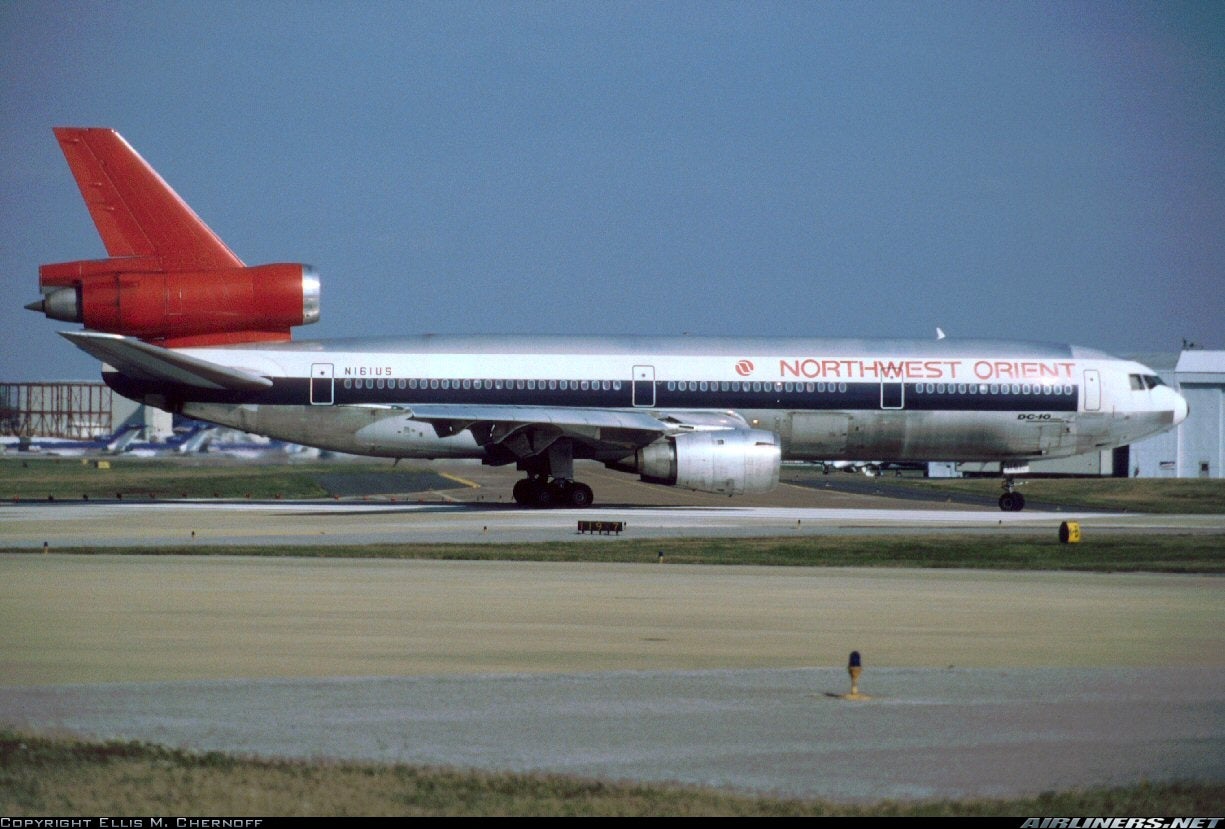
Northwest Orient (and JAL) wanted P&W engines for commonality with their 747 fleets. And the president of NW didnít like their aircraft having a lower model number than the -30, so he convinced MD to change the designation to the -40, kind of like an amp that goes to 11. GE was known at this time for smaller engines, not serious engines for commercial airliners, with P&W being the main supplier of engines for Ďrealí aircraft. NWís president was quoted as saying that he had no problem with GE - every time he bought a light bulb he made sure it was a GE...
 "ttyymmnn" (ttyymmnn)
"ttyymmnn" (ttyymmnn)
11/30/2017 at 13:37, STARS: 1
Great stuff. Thanks!
 "Full of the sound of the Gran Fury, signifying nothing." (granfury)
"Full of the sound of the Gran Fury, signifying nothing." (granfury)
11/30/2017 at 13:39, STARS: 0
You are more than welcome. Keep up the good work.
 "ttyymmnn" (ttyymmnn)
"ttyymmnn" (ttyymmnn)
11/30/2017 at 14:23, STARS: 0
Thanks. If you have any suggestions for this Did you know? series, Iíd appreciate them. Iíve got a couple in the pipeline, but Iím struggling for new topics after that.
 "Full of the sound of the Gran Fury, signifying nothing." (granfury)
"Full of the sound of the Gran Fury, signifying nothing." (granfury)
11/30/2017 at 20:25, STARS: 0
Iíll see what I can scrounge up. Iím still an airline/aviation geek despite no longer working in the industry. Over the weekend I was doing a bit of cleaning/organizing, and as usual I got through maybe 20% of what I wanted to get accomplished. Part of the problem was that I stumbled across some boxes of aviation books and spent a few hours reading.
In my old place back in LA I had multiple bookcases in my living room, with hundreds of airline books and manuals out on display. When I moved to STL I found that a number of the bookcases didnít survive the move, and so the books remain boxed, occasionally glanced at when I find a box or three.
One subject you might look into is the relationship between Pan Am and Boeing and Pan Am and Douglas at the beginning of the jet age, who was the outsider and who was the insider at that time. On that note, somewhere I have in my collection a binder full of b&w 4x5 proof prints, all promo photos (many air-to-air) of the DC-8 in Pan Am livery. I paid $175 about 25 years ago, and I can only imagine what itís worth these days.
 "Full of the sound of the Gran Fury, signifying nothing." (granfury)
"Full of the sound of the Gran Fury, signifying nothing." (granfury)
11/30/2017 at 20:38, STARS: 0
Well, on the 787 they started with the -3 (designed for domestic use in Japan and never built) followed by the -8, -9 and -10, all the while eschewing the previously used 2-digit customer code. The 737 Max is using a similar numbering scheme, and now thereís a 737 Max 10, yet another stretch of this aircraft...
From this:
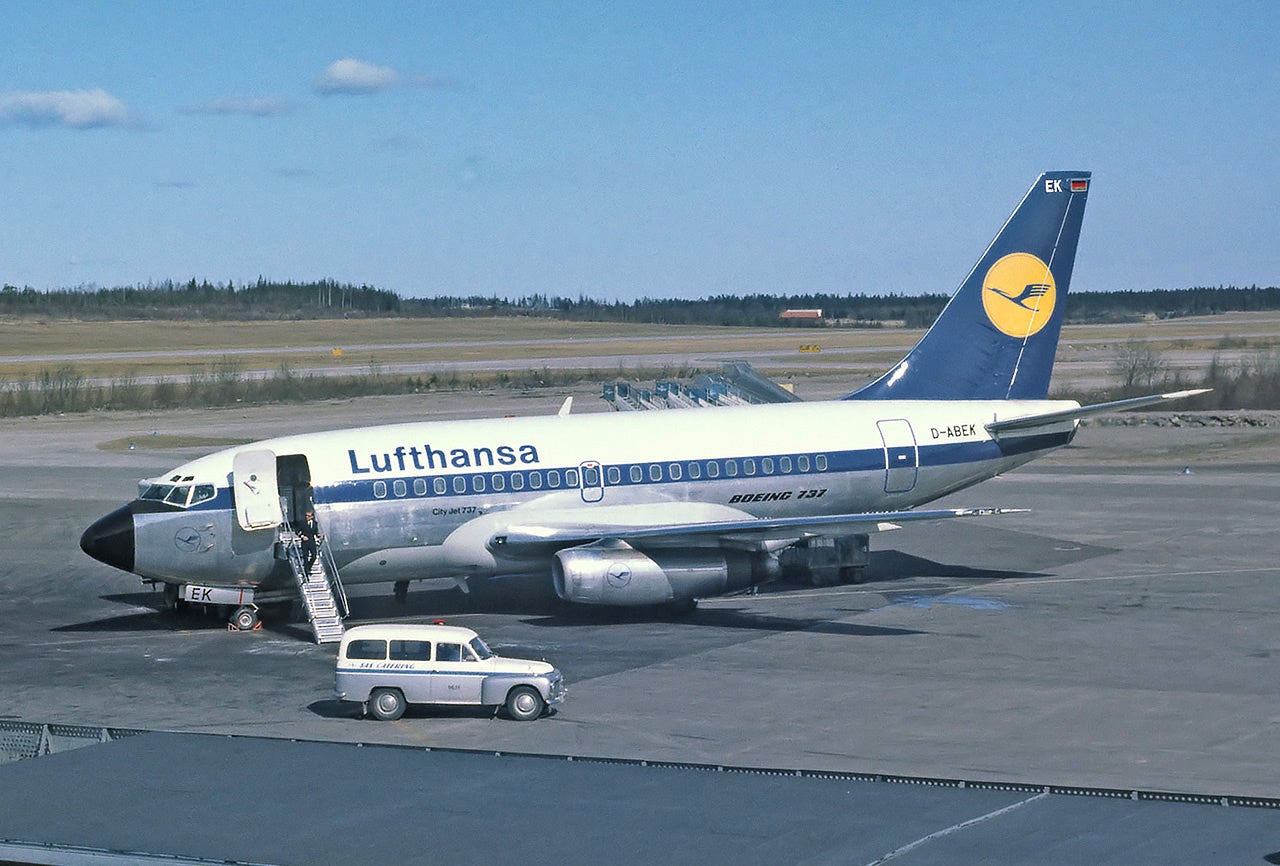
to this:
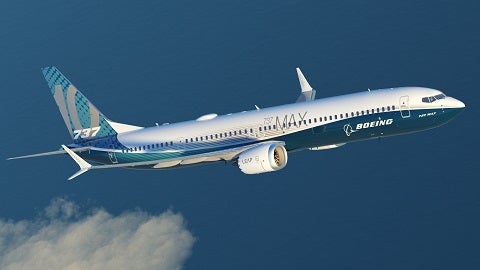
They started at 100 seats in a short-range aircraft and are now up to 226 seats with some versions capable of transatlantic range. Unreal.
 "ttyymmnn" (ttyymmnn)
"ttyymmnn" (ttyymmnn)
12/01/2017 at 09:27, STARS: 0
One subject you might look into is the relationship between Pan Am and Boeing and Pan Am and Douglas at the beginning of the jet age, who was the outsider and who was the insider at that time.
That would be interesting, but Iím afraid it might be a bit too hairy for my target audience. Iím thinking of interesting little factoids that could be fleshed out a bit, things that you see every day but donít really know what they are or what they do. For example, Iíve got a piece coming up in a couple of weeks about why Boeing used 7X7, what the numbers on a runway mean (17L/35R), and my next one is going to be about winglets. The first one in this series was a post about how the Gloster Meteor was fitted with turboprop engines. I thought about doing something on navigation between waypoints, but Iím not a pilot and that would take a lot of research on my part.
Thanks for the reply.